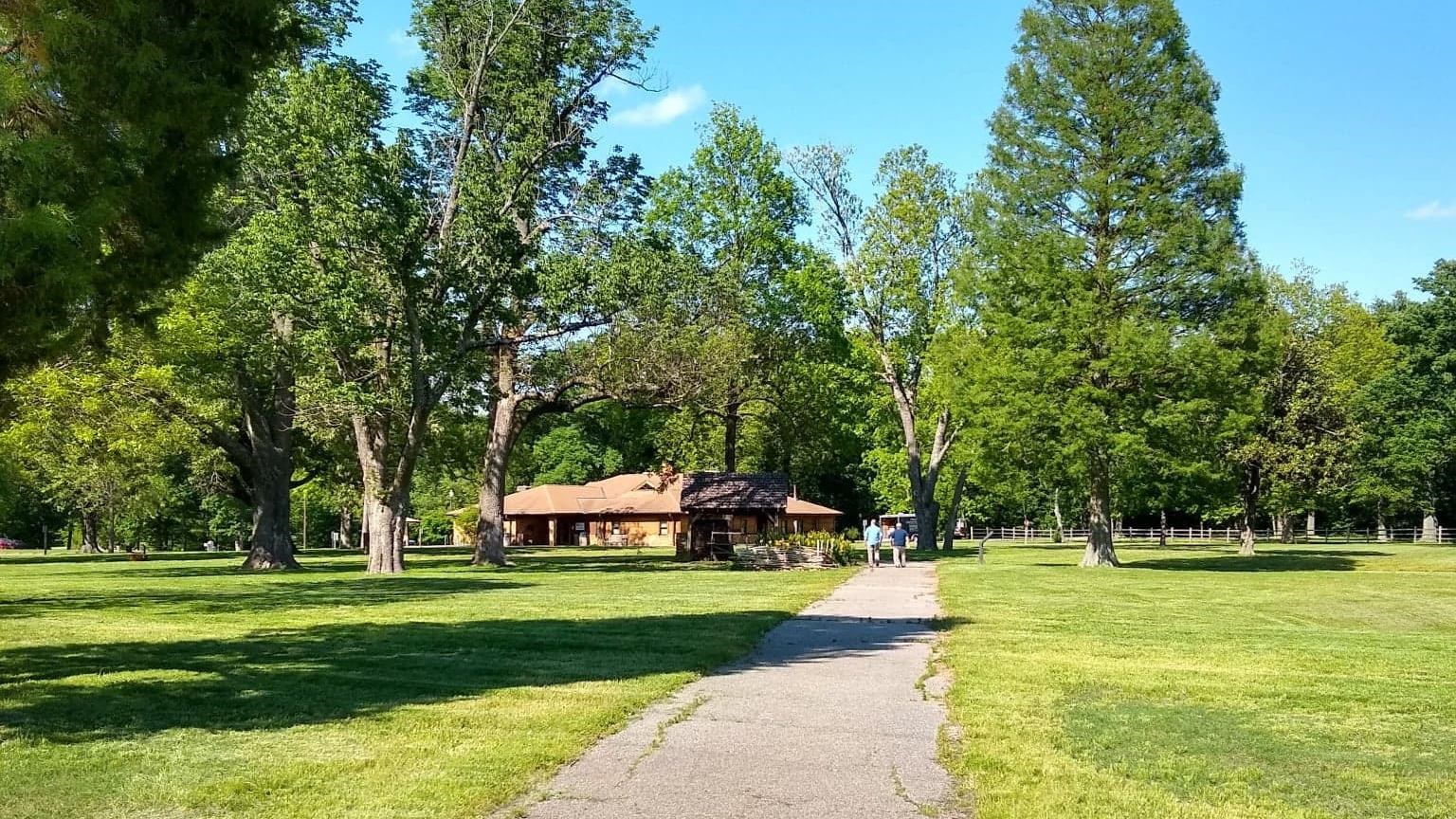Last updated: January 26, 2021
Place
Fort Massac State Park

Benches/Seating, Fire Pit, Gifts/Souvenirs/Books, Historical/Interpretive Information/Exhibits, Information, Information - Maps Available, Information - Park Newspaper Available, Information - Ranger/Staff Member Present, Information Kiosk/Bulletin Board, Parking - Auto, Parking - Boat Trailer, Picnic Table, Restroom, Scenic View/Photo Spot, Shelter/Cabin, Toilet - Flush, Trailhead
Lewis and Clark NHT Visitor Centers and Museums
This map shows a range of features associated with the Lewis and Clark National Historic Trail, which commemorates the 1803-1806 Lewis and Clark Expedition. The trail spans a large portion of the North American continent, from the Ohio River in Pittsburgh, Pennsylvania, to the mouth of the Columbia River in Oregon and Washington. The trail is comprised of the historic route of the Lewis and Clark Expedition, an auto tour route, high potential historic sites (shown in black), visitor centers (shown in orange), and pivotal places (shown in green). These features can be selected on the map to reveal additional information. Also shown is a base map displaying state boundaries, cities, rivers, and highways. The map conveys how a significant area of the North American continent was traversed by the Lewis and Clark Expedition and indicates the many places where visitors can learn about their journey and experience the landscape through which they traveled.
While the original fort no longer stands, a replica was built in 2002, based on the 1802 fort constructed by Americans. Fort Massac became Illinois’ first state park on November 5, 1908, initially covering a mere 22 acres. Today, visitors can visit the park’s museum which boasts of myriad prehistoric objects on display. The park also offers various historic programs that cover the time period of the mid 18th century to the Civil War. Every October the park puts on the Fort Massac Encampment, a multi-day event in which visitors can see and interact with period performers. The family friendly event offers contemporary food, music, and educational reenactments to show visitors how early American pioneers, settlers, and the military conducted day to day life. Throughout the rest of the year, Fort Massac hosts “Living History” weekends for visitors (contact the park directly for further details).
Campers can choose from tent camping, or vehicular camping sites. The 50 sites designated for vehicle camping include showers and electricity. In addition to the history and scenery, campers are also welcome to play 9 or 18 holes of disc golf on the park’s disc golf course.
Hunters and anglers are welcome to the park. Check in with the park first for regulations. Hunting game includes squirrel, woodcock, deer, dove and rabbit. Fishing game includes bullhead, carp, catfish, crappie, drum and largemouth bass.
When you visit the park, make sure to stop by the visitor center to see museum artifacts and collect information about the park and surrounding areas. Maps of trails and the park are available on the park’s website.
